an excessive minimalism:
BAU478-A U-Park Incubator, Shang Qing Huai, Nanjing
Nanjing City, Jiangsu Province, China
Discipline
Architecture, Landscape ArchitectureTypology
Office, hotel, apartment, retail, public landscapeCity
Nanjing City, Jiangsu Province, ChinaDate
2012 – 2015Status
Completed 2015Client
Nanjing Zijing (Jiangning) Scientific Entrepreneur Special Community Construction Development Co, LtdProgram
Infrastructure for a working community of 10,000, including landscape, hotel and apartmentsAn excessive minimalism
U-Park Incubator, Shang Qing Huai, Nanjing
becoming Nomad
The history of modern architecture is also the history of exciting utopian visions. However, utopias generally fail because what is seen as a utopia by one or some, often becomes the imposition of a dystopia on the many. Unfortunately, utopias are often so single-minded and exclusive of difference that they alienate a majority of the very society with which they are purporting to engage.
Utopias are a form of meta-narrative, part of a structuralist idea of thought that ultimately suggests overly simple, rigid, and ideological answers to a series of complex, flexible, ever-changing problems. More recently, post-structuralist thought argues that meta-narratives are no longer useful in dealing with the complex opportunities and challenges of contemporary society and posit that a more inclusive and complex philosophical view could yield better results.
Within the 60 years of post-structutralist thought, Deleuze and Guattari have developed a philosophy of creativity that embraces many concepts, including assemblage, abstract machines, the Rhizome, and a resultant aesthetic of the sublime. Deleuze and Guattari have even questioned the very foundations of Western thought, calling for an ontology of becoming, rather than of being, and an epistemology of Nomos, rather than Logos? All of us are, and every thing is, in a state of constant change and to assist in dealing with this process we need become intellectual Nomads.
heterotopia
This post-structuralist thought has been reflected in contemporary architectural discourse and it has been argued that the ordering sensibilities of Alvar Aalto are a source of this attitude in architecture. Aalto’s ordering sensibility has been classified as a collection and coexistence of utopias, what constitutes a heterotopia. Not a singular vision imposed on the many, but a coexistence of an assemblage of utopias for the many.
Aalto’s work, together with the work of Robert Venturi and Dennis Scott-Brown; the other Greys of the post-modern movement influenced and inspired by the post-structuralist text of Complexity and Contradiction in Architecture ; Koolhaas and OMAs dirty realism; and a focus during the 80’s and 90’s on the philosophy of Deleuze and Guattari; indicate that meta-narratives and utopias no longer hold their allure.
urban context
As China shifts to become the world’s innovator and not just its factory, it is transforming its industrial zones into technopoles. These new research and design (R+D) districts have all the essential ingredients of success: they are adjacent to industry and universities; have the support of government; and are located in a country undergoing massive change.
Shang Qing Huai district is in competition with 21 other new technopoles in Nanjing. The U Park Incubator is this technopole’s first seed development. It is intended to lure enterpises to start-up in, or move to, this district. The project is situated on the northern boundary of the 2 sq km technopole. To the east of the district a fourteen square kilometer residential district is being established. To the west an industry zone and to its north is a university district. The incubator is immediately adjacent to a planned metro station and factory outlets shopping mall. Opposite the site a small park has been completed. To the west an R+D office complex has commenced construction.
five utopias
At first the Shangqinghuai project seems to be a utopian urban project, a Metabolist mega structure or a (Dutch) Structuralist project on steroids, that could go on forever while ignoring both program and context. But this project is not another utopia. It is an engagement with all the complexities of what was a soon to become urban site and the architectural issues of a complex brief.
There are five utopias assembled for this project that transform the five responses into a complex emergence that exceeds each of the decisions. An assemblage truly is greater than the sum of its parts.
utopia 1: five towers to accommodate the program
The brief asked for 240,000m2 of office space. Height controls, FAR requirements and a desire for shared views and equity of solar access distributed the towers in a staggered configuration on the site.
At the recommendation of BAU the programs of two of the five towers were changed from working to living. One is an affordable apartment the other is hotel. The three office towers are for lease to established enterprises requiring large areas. All five towers have public programs at both ground level and podium roof level. Entrepreneur networking clubs are located on top floors.
utopia 2: add a podium to provide an urban active edge, deflect downdrafts, provide additional space for the incubator program, and provide a positive street space
However, isolated towers spread over a site 300m long and 130m deep would not provide a positive urban experience for pedestrians, so a three-storey podium of active programs was located over the entire site.
The podium contains the incubator: 92,000 sqm of space dedicated to initiating and growing start-up companies and small enterprises. Legal, financial, constitutional, market research, networking, human resources and a range of other services are being established to guide and nurture. Lecture and exhibition spaces, meeting rooms, public recreation spaces, courtyards, serviced offices, kitchens, and a range of shared, small and medium sized offices and studios are provided. Three spines, two internal and one external, connect spaces along the entire 280m length of the podium. These are informal working and social places. 3D printing technology is the anchor industry for the incubator and has a significant exhibition central to the podium. The podium has a dedicated entrance lobby at ground floor with excalators connecting to all levels.
utopia 3: lift the podium to provide urban permeability to the active commercial programs behind the building
With a vibrant commercial project proposed behind the site and a major urban roadway in front there was strong argument for considerable permeability through the now positive and active podium. Rather than compromise the podiums ability to provide a large flexible continuous program of incubator space, it was decided to lift the podium two storeys of the ground to allow pedestrian access through to the commercial development behind.
utopia 4: add program under the elevated podium to take advantage of through pedestrian access
This now large covered urban space could have program distributed through it making the most of the through traffic being generated between the busy building entrances, the city street and the commercial project. The flows, trajectories and desire lines capture between them a series program bubbles, which became the basis for a landscape design.
Program at this level consists of restaurants and cafes, banks, telecom service centers, medical centres, newsagencies, flower shops, convenience stores, technology exhibition spaces, and a variety of fashion brand outlets managed by the adjacent mall.
utopia 5: place a roof garden on top of the elevated podium because Le Corbusier told us to do so
The roof of the podium was always going to be a roof garden, the only difference now was that it would be at level six, not level four. This roof garden has become one of the largest roof gardens in the world. Seen as a second ground level, the themes of flows, trajectories, desire lines, and resultant bubbles of program became the landscape of the roof garden as well. When viewed from the towers above the roof garden and the ground floor blur into the one surface.
The roof garden program and spaces include a 900m jogging loop; sports areas including both a basketball court and a tennis court; five pavilions for clubs and cafes; spaces in the base of the five towers for restaurants, canteens, a gym, a crèche and clubs; a playground; lawns; numerous shade pavilions with seating and tables for work and leisure; and an events pavilion for 2000 people. The roof bridges to the adjacent shopping mall roof landscape, also designed by BAU, extending the boardwalk jogging loop to 1.2km.
abstract machines
Five clear responses to five specific urban and architectural issues coexist. The difference generating elements of this assemblage have formed an abstract machine that has generated an incredibly clear yet complex assemblage of urban and architectural form, space, order and most importantly city-user experience.
an excessive minimalism
However this project is not just a heterotopia. It also reflects another sensibility that, because of its interest in context, has proven helpful – minimalism. Rather than ask: what are the urban design and architectural issues and how do we squeeze as much expression out of each of them as possible, BAU engaged with all these issues and then asked: what is the least that needs to be done to deal with each of those issues? This project is obviously not an exercise in abstract expressionism, but nor is it a retreat to a single-minded simplicity. It is an embrace of a complex minimalism, an assemblage of minimal responses to a multitude of complex urban and architectural issues and concerns – it could be seen to be the outcome of an excessive minimalism.
- Infrastructure
- Public
- Residential
- Healthcare
- Education
- Culture
- Office
- Retail
- Hotel
- Hospitality
- Mixed Use
- Sports
- Planning
- Urban Design
- Public Landscapes
- Private Landscapes
- Playgrounds
- Structures & Pavillions
- Residential
- Healthcare
- Education
- Culture
- Office
- Retail
- Hotel
- Hospitality
- 2023
- 2024
- 2021
- 2020
- 2019
- 2018
- 2017
- 2016
- 2015
- 2014
- 2013
- 2012
- 2011
- 2005-2010
- 2000-2005
- 1990-2000










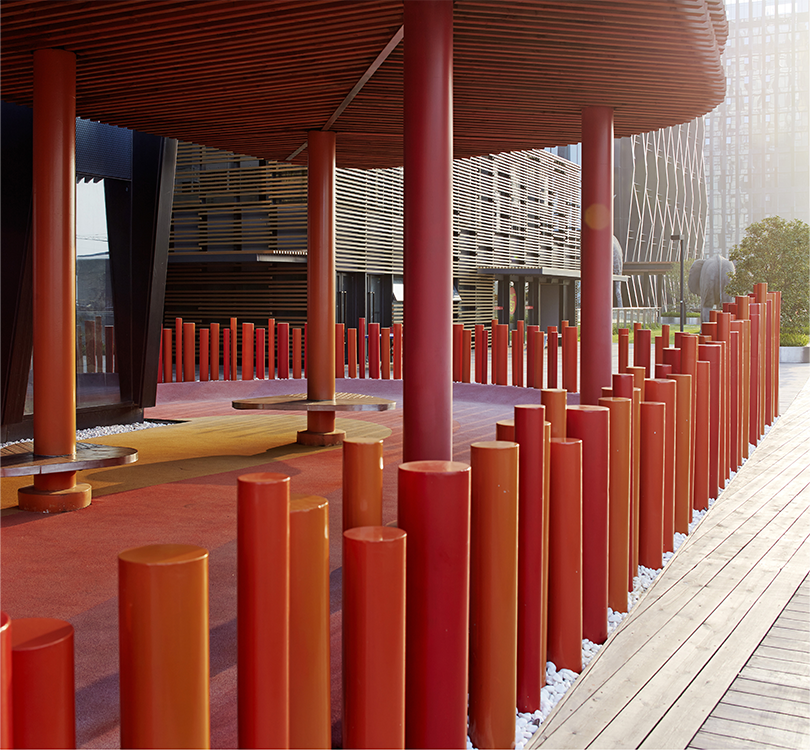


















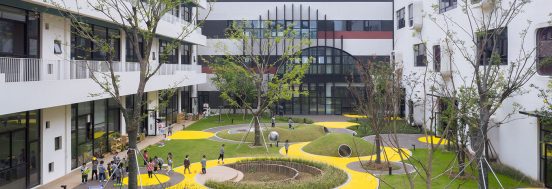











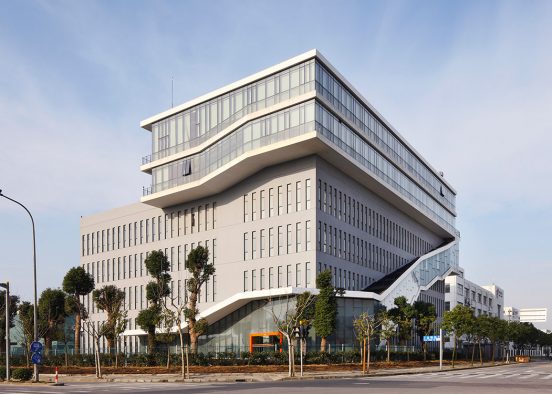


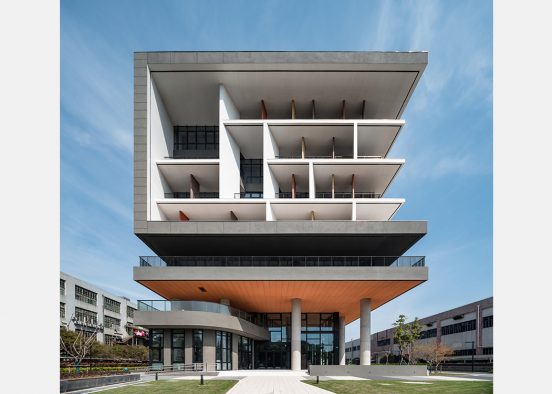


















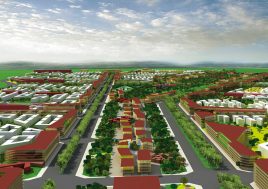





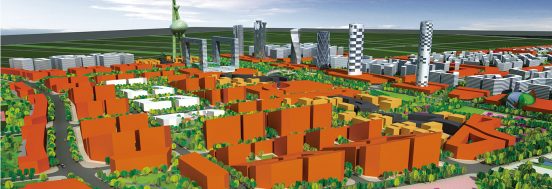







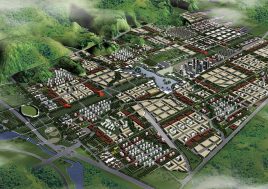










































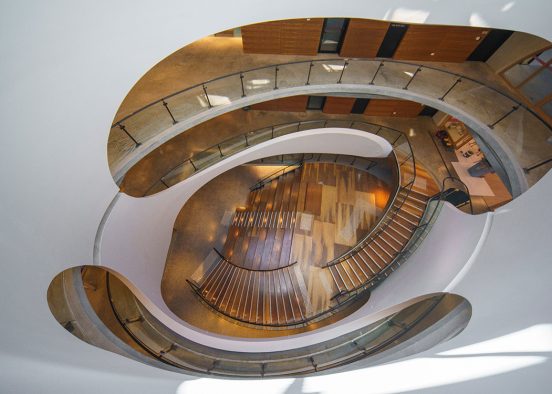








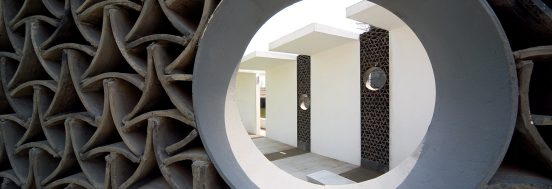

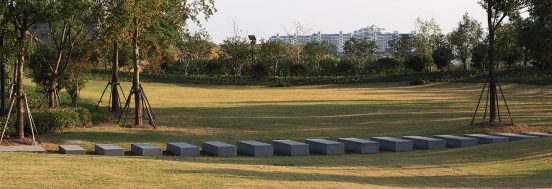
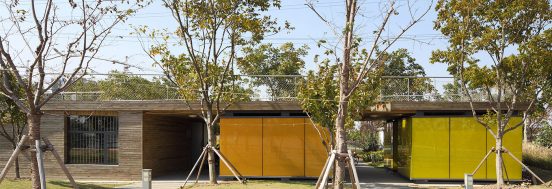


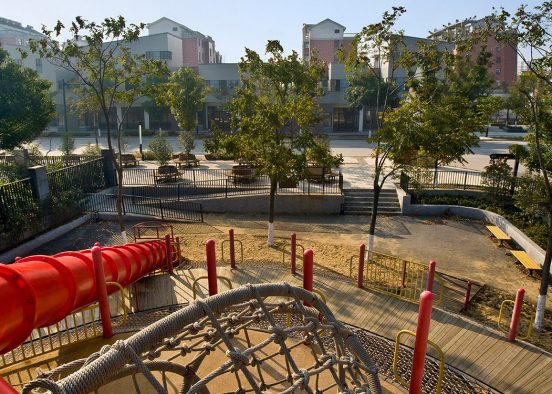













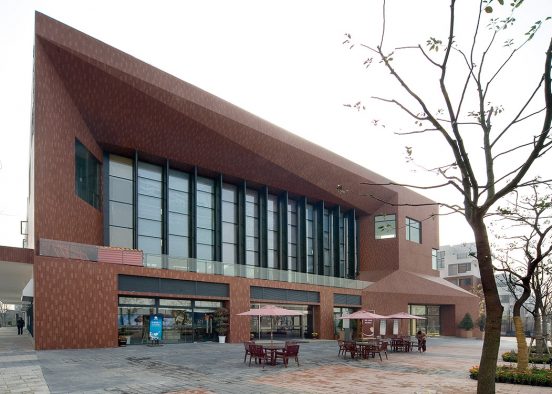
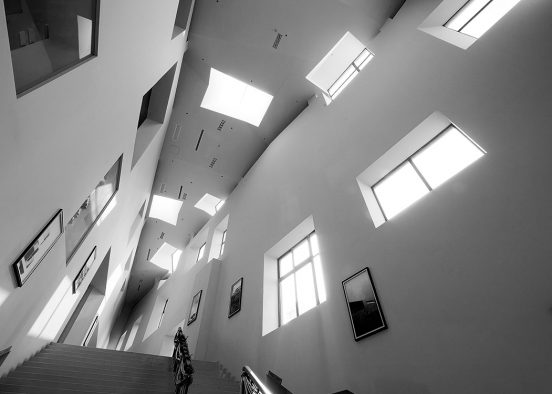
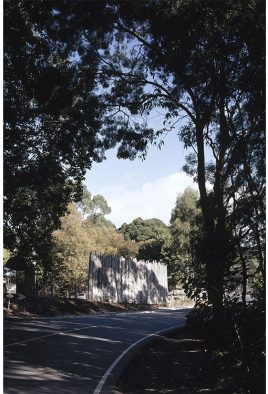
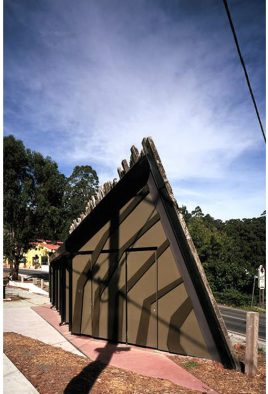













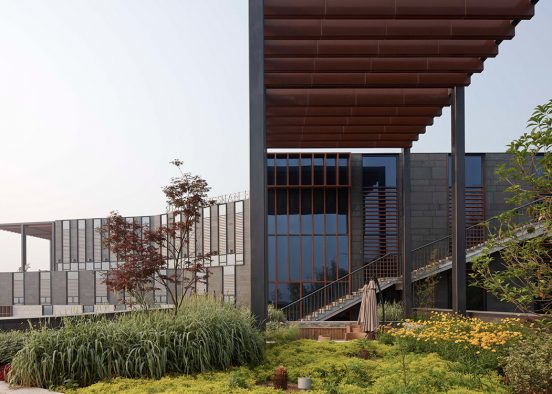








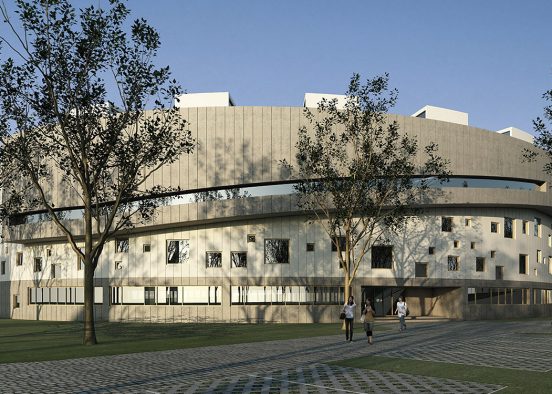







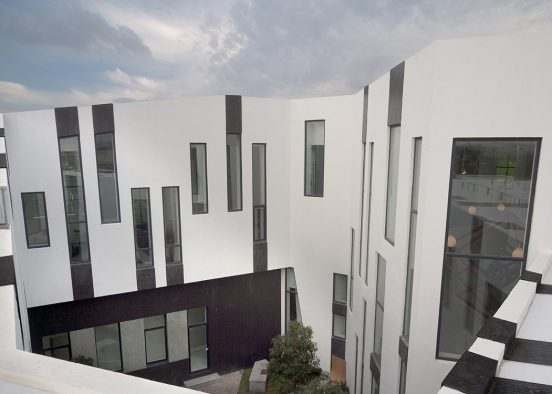








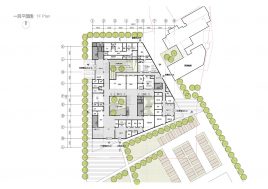


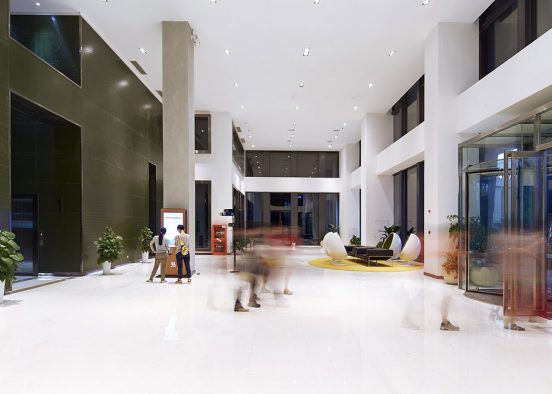

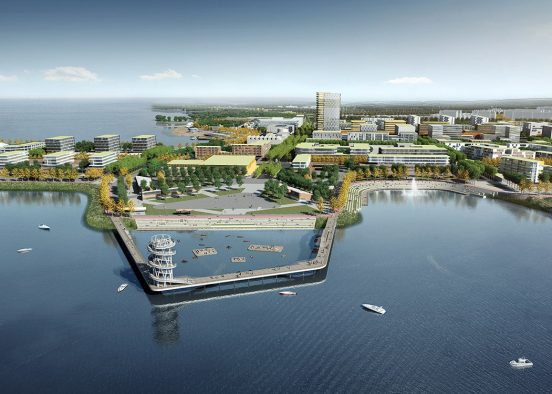





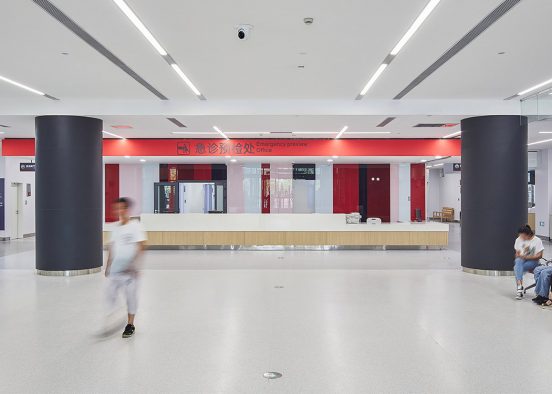




















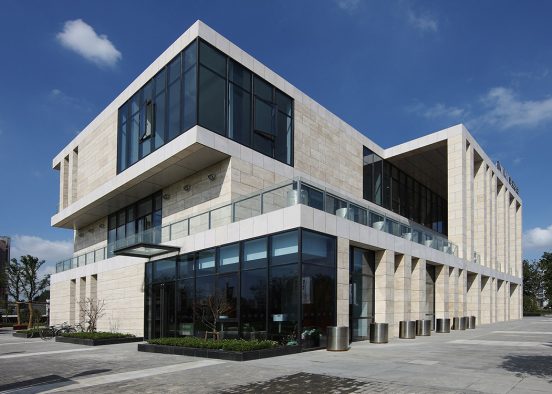










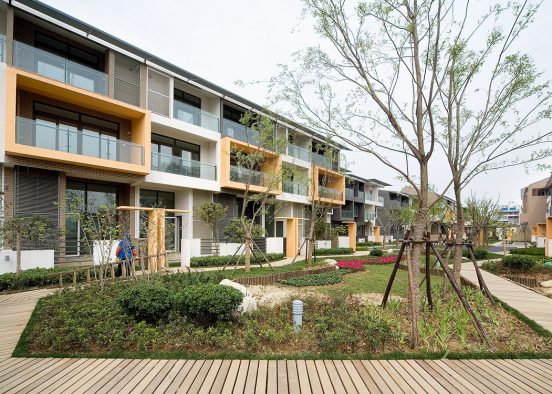
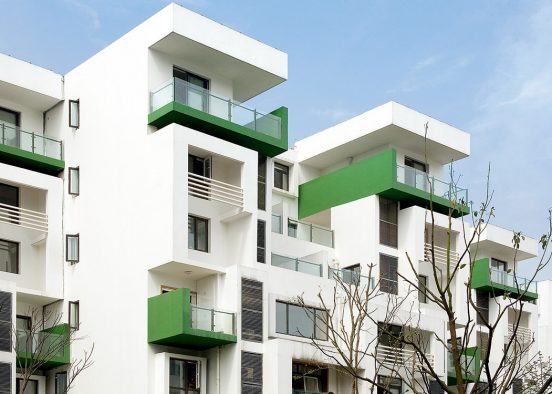









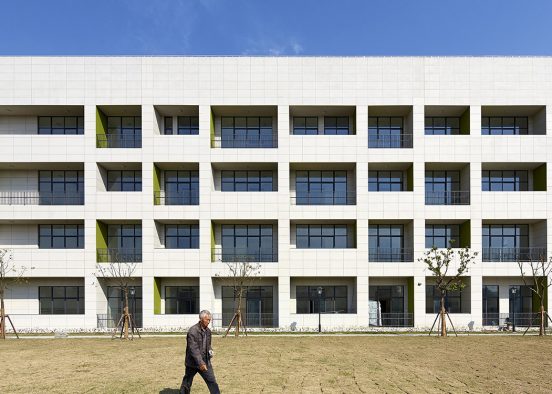
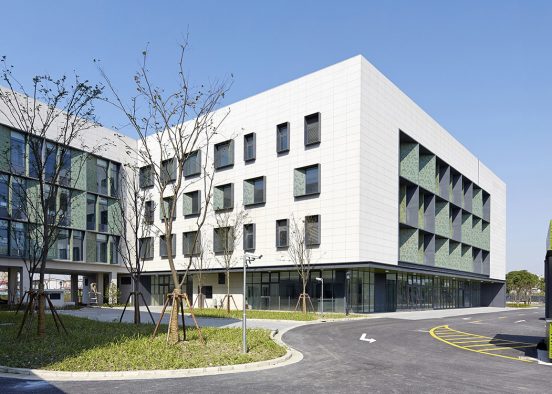


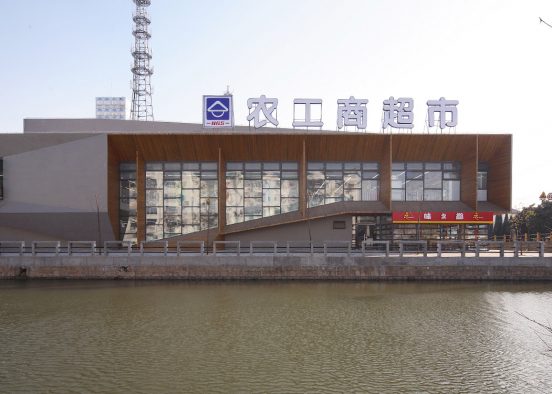
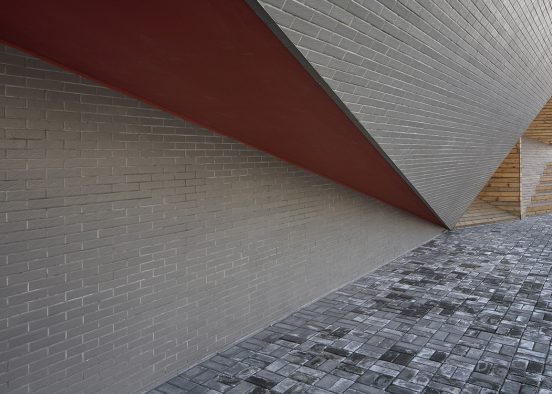

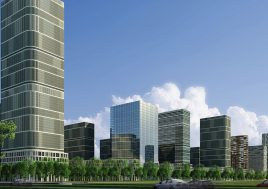



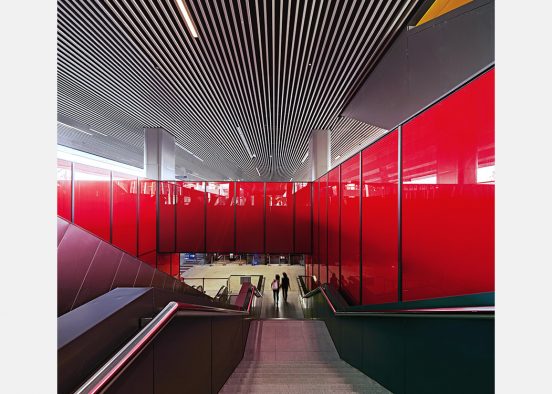


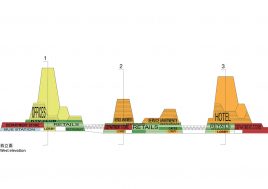







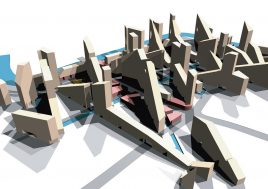



















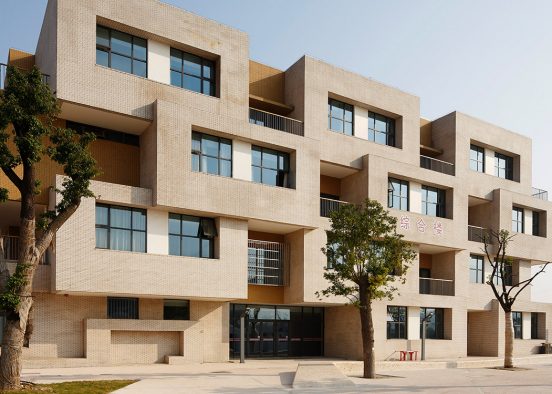



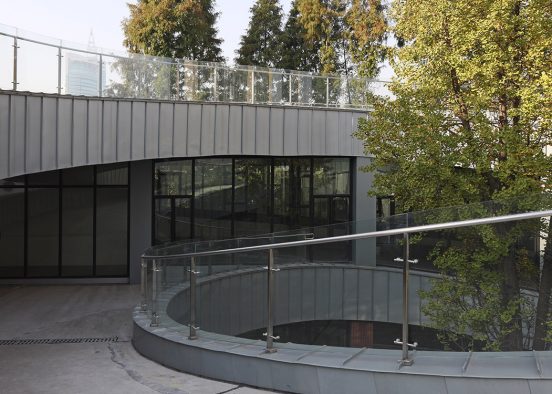
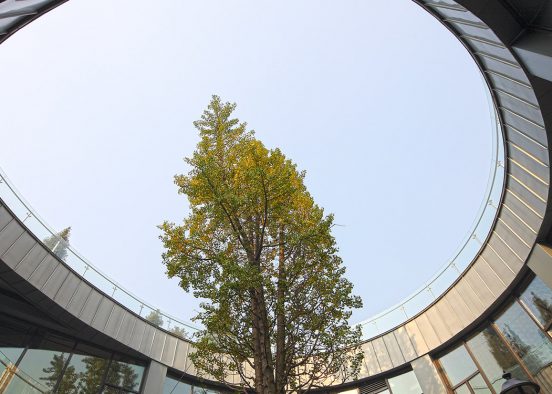



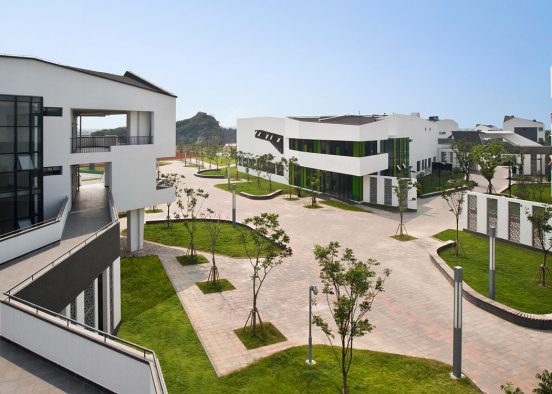




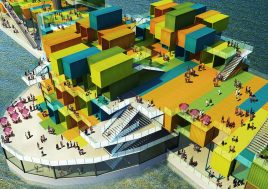












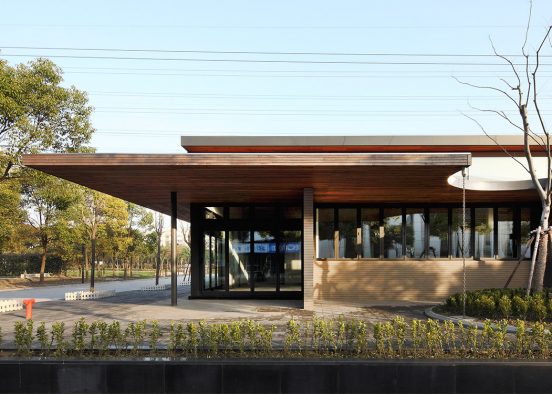








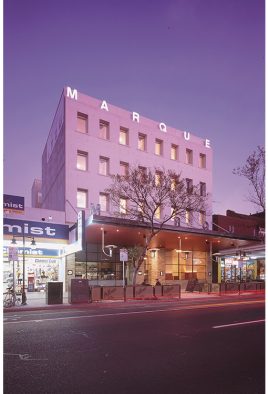














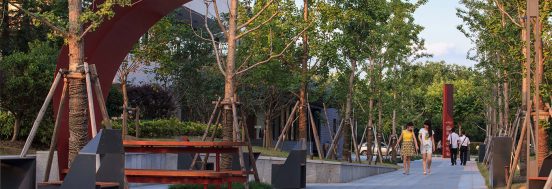

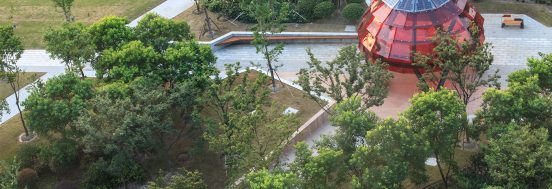

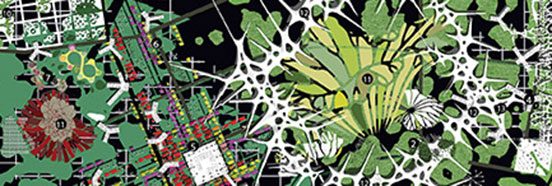













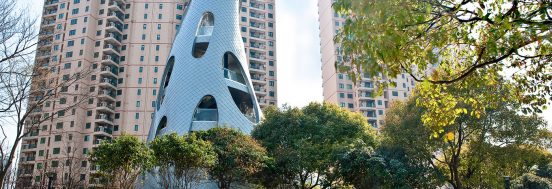
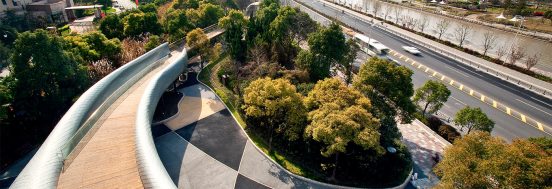




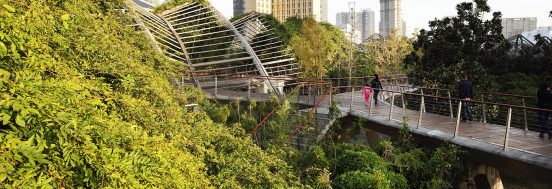
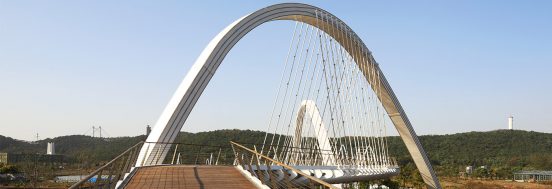
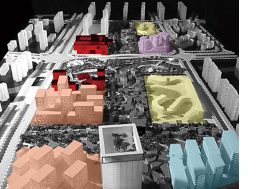

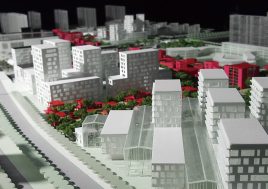






 Back to projects
Back to projects
